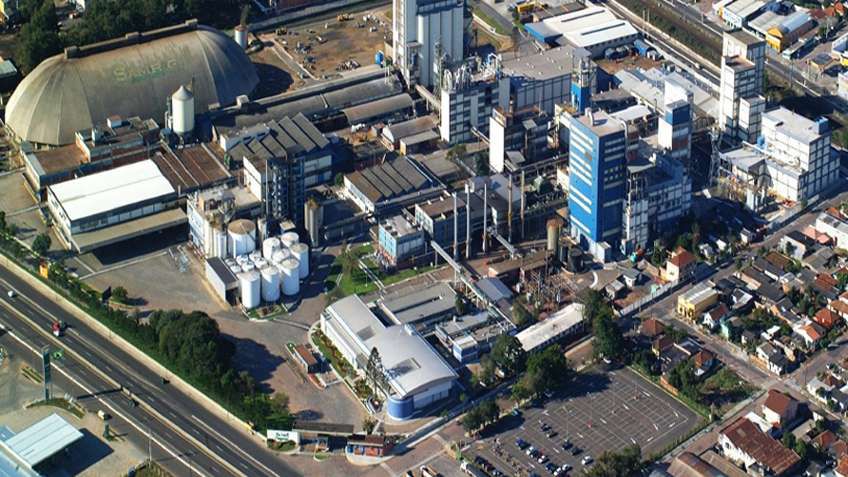Eleuthère du Pont studied chemistry with none other than Lavoisier, and his surname now names what is today one of the largest industrial conglomerates worldwide. The history of DuPont is more than 200 years old and began with the manufacture of gunpowder.
The main industries in which the company operates include agriculture, electronics and communication, industrial biosciences, performance materials, nutrition and health; and protection solutions.
It was in the division of nutrition and health at the company’s plant in the Brazilian city of Esteio, Rio Grande do Sul where a project for modernizing the control system was developed and implemented. This plant, founded in 1958, was the first to manufacture margarine in the country.
The facility produces isolated soy protein, soy protein concentrate, extruded proteins and lecithin. Protein is an essential functional ingredient in the manufacturing processes of numerous other food companies. DuPont provides protein solutions for major players in two primary markets: meat (which uses it for processed meats) and nutrition (shakes, juices, cereal bars, among others).
Motivation and Challenges
The main reason for investing in modernization was the obsolescence of the existing distributed control system (DCS), according to Márcio Moreira de Barros, project team leader: “The system had reached the end of its service life and the supplier informed us that he would no longer provide support. This was the main factor that led to the replacement, because between the risk of having an unexpected halt and an extended downtime or investing in the system replacement, we opted for the latter in order to ensure the stability of the operating system.”
Additionally, there was no more room to add extensions, the programming/configuration language was proprietary and there was great difficulty in finding a local system integrator. The deadline was among the main challenges faced by Barros and the team working on the project.
The time to replace the systems was limited to three weeks of scheduled downtime. The plant was controlled by two different systems: a DCS with 1,670 points and PLCs with 408. The logic was highly complex because it was made up of both process and clean-in-place (CIP). Furthermore, the new control system needed to integrate with the existing historical system.

